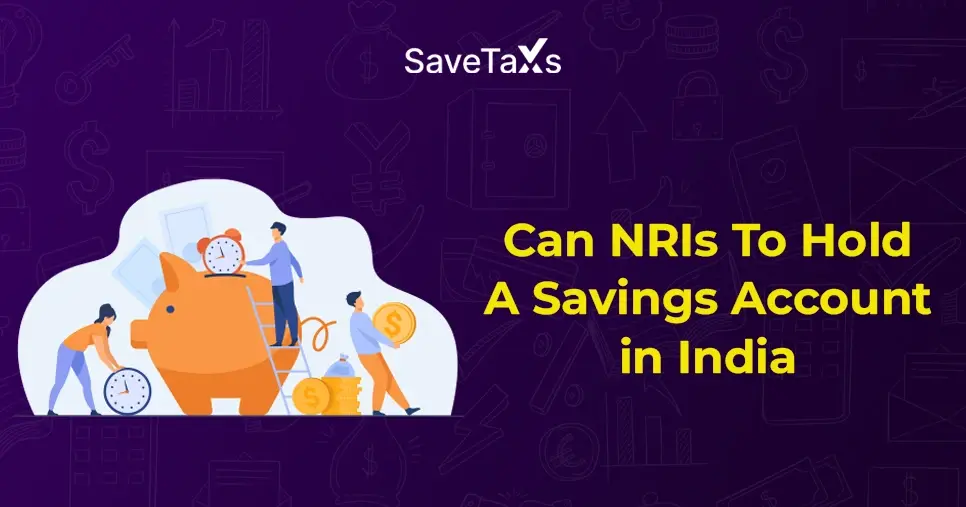- Key Takeaways
- What is State Income Tax?
- US States with the highest and lowest income taxes
- States with the highest and lowest property tax rates
- States with the highest and lowest sales tax
- How does sales tax impact your wallet?
- Understand your overall tax burden in the US
- State Income Tax - Things To Know
- When is the due date of state taxes?
- Other Types of Taxes in the US
- File your state taxes under expert guidance.
U.S. state income taxes vary from state to state, and some states have zero income tax. When looking for relocation, it is a wise decision to relocate to one of the states with the lowest income tax, which helps you save on your total tax bill.
In this blog, we will talk about state income taxes, including the states that have high, low, or zero income taxes.
Key Takeaways
-
In the year 2024, the highest personal income tax rates were recorded in states like California at 13.3%, Hawaii at 11%, and others.
- Seven states are imposing zero income tax, meaning say hello to tax-free living. Such states include Florida, Nevada, and Alaska, to name a few.
- States like Tennessee and Louisiana have the highest combined state and local sales taxes. Tennessee is at 9.55% and Louisiana is at 9.56%.
- Sales tax is as low as 0% in states like Montana, New Hampshire, Delaware, and more.
What is State Income Tax?
State income tax is a form of direct tax imposed by the state on the income earned in or from the state. State income tax laws, rates, forms, and procedures vary from state to state. Additionally, filing deadlines also vary.
State income tax is collected to fund the state's bill, public programs, and other essential services.
US States with the highest and lowest income taxes
Every state in the US has its own framework of policies regarding personal income tax. Such policies reflect the state's financial and economic priorities.
Such tax rates have a direct impact on the financial planning and the well-being of the residents. Let us examine the state with high-income tax rates.
Top 10 highest income tax rates by state for 2024.
Below are the states with highest taxes in the U.S.
1. California: 13.3% for taxpayers earning more than $1 million. In this income bracket, a 1% surcharge is also applicable for mental health services.
2. Hawaii: The state income tax rate here is 11% for single filers earning over $200,000. For married couples filing jointly, it is $400,000.
3. New York: For single filers and couples earning over $25 million, the tax rate is 10.9%.
4. New Jersey: For income over $ 1 million, the tax rate is 10.75%.
5. Oregon: A Tax rate of 9.9% is imposed on individuals earning over $193,240 and couples earning more than $321,450.
6. Minnesota: 9.85% for single filers earning over $193,240 and couple filers above $321,450.
7. District of Columbia: A Tax rate of 10.75% is imposed on over $1 million.
8. Massachusetts: 9% is imposed on income more than $1 million.
9. Vermont: A Tax rate of 8.75% is imposed on individuals with income above $229,550, and for joint filers, it is $279,450.
10. Wisconsin: 7.65% is imposed on individual income more than $315,310, and for joint filers, it is above $420,420.
Please note that the rates mentioned above represent the maximum tax rate that you might have to pay. However, the effective rate based on your earnings and after the calculation of the credit and deduction could be lower.
Let us now look at the states with the lowest to no personal income tax rates.
States with the lowest personal income tax rates
For taxpayers looking for states that offer low to no income tax, below are some states where residents enjoy no personal income tax.
These states give residents the advantage of keeping more of their hard-earned income. Such states are:
- Alaska
- Florida
- Nevada
- South Dakota
- Tennessee
- Texas
- Wyoming
In the year 2024, New Hampshire does not have any earned income tax at all. However, the states do tax dividends and interest income. From the start of 2025, New Hampshire cut down the dividend and interest income tax.
Similarly, Washington has long been recognized as a state with no personal income tax. But the state is currently imposing long-term capital gain taxes.
Look beyond the tax rates
Yes, the absence of state income tax is quite attractive, but there is a story more to it. For taxpayers, it is essential to consider the overall tax burden. Why? Because there are states with higher sales or property taxes to balance the lack of income tax revenue.
Moreover, each state has its own cost of living, and this might as well offset the tax savings you made because of no or low personal income tax.
States with the highest and lowest property tax rates
A major part of your tax revenue is paying off the property taxes. These property taxes are the single largest source of state and local revenue in the United States.
This revenue helps fund the police, roads, schools, and other services.
States with the highest property tax rates
Below are the states with high property taxes. These property taxes add a significant amount to the costs of home ownership.
- New Jersey: The nation's leader in property taxes, with a tax rate of 2.47%.
- Illinois: The property tax rate is 2.23% on average.
- Connecticut: The property tax rate here is generally around 2.15%.
- New Hampshire: Property taxes here are around 2.09%. However, the state does not have a personal income tax.
- Vermont: On average, the prior tax rate goes around 1.90%. This feels obvious to the homeowners because the scenic beauty of Vermont is worth it.
- Wisconsin: Around 1.85%.
- Texas: The property tax rate here is around 1.68%.
- Nebraska: The average tax rate here is 1.63%.
- Michigan: The property tax rate here is 1.62%.
- Lowa: This state has a property tax rate of around 1.57%.
States with the lowest property tax rates
After knowing the states with he highest priority tax rates in the nation, let's take a look at some states with affordable property tax rates.
- Hawaii: The state with the lowest property tax rates in the nation. The rate is below 0.26%.
- Alabama: 0.36% is the property tax rate here.
- Nevada: Also known as the Silver State, has property tax rates of around 0.44%.
- Arizona: In here, the property tax rate is around 0.45%.
- Colorado: This state has tax rates on property of around 0.45%.
- South Carolina: This state has an average property tax rate of 0.46%.
- Utah: This state has approximately 0.47% of property tax rates.
- Idaho: Homeowners in Utah pay property taxes at a rate of around 0.47%.
- Louisiana: The rates here are as low as 0.53%.
- Arkansas: Around 0.53%.
- Wyoming: This state has no tax imposed on personal income. However, the property tax here is around 0.55%.
Look at the bigger picture
Yes, property rates are essential to consider while making a decision to buy a house or even planning your finances. But the property tax is just one factor, and while planning a long-term future, you need to look beyond it.
The benefits of well-funded community infrastructure, local schools, public services, and improved living conditions are generally seen as better in areas with higher property values.
States with the highest and lowest sales tax
Sales tax is a percentage of tax imposed on the sale of goods and services within the state. This tax can have a significant impact on your day-to-day expenses. Every state has its own sales tax rate when combined with local taxes.
Let us see the states with the highest and lowest combined sales tax rates.
States with the highest combined sales taxes
Across the entire nation, these ten states have the highest average sales tax rate.
- Louisiana: 9.56%
- Tennessee: 9.55%
- Arkansas: 9.45%
- Washington: 9.38%
- Alabama: 9.29%
- Oklahoma: 8.99%
- Illinois: 8.85%
- California: 8.85%
- Kansas: 8.66%
- New York: 8.53%
States with the lowest combined sales taxes
If you are looking for states that charge the least amount of sales tax on your purchase, these are the ones.
- Delaware: 0%
- Montana: 0%
- New Hampshire: 0%
- Oregon: 0%
- Alaska: The state has no state-level sales tax. However, some local communities may impose their own taxes, which can be as low as 1.82%.
- Hawaii: 4.50%
- Wyoming: 5.44%
- Maine: 5.50%
- Wisconsin: 5.70%
- Virginia: 5.77%
How does sales tax impact your wallet?
Sales are charged on your total bill at checkout, which is why it is often overlooked. However, over time, it accumulates and can affect your financial well-being.
States with low to no sales tax are quite affordable for consumers. But before deciding on the state, you need to look at the entire tax landscape to understand the true cost of living there.
It could be the case that states with low to no sales tax can have higher tax rates on other forms of taxes to offset the difference.
Hence, it is advisable to consider the bigger picture before deciding against living in or running a business in any state. Considering all the tax forms from sales, income, and property provides a clear view of how that state is going to affect your financial well-being.
Understand your overall tax burden in the US
The tax burden is the weight of taxes you feel because of a variety of taxes being added up. This weight is heavier in some states, while in others it is lighter.
In a nutshell, the tax burden is the total tax amount you pay in state and local taxes. The variety of taxes it includes is excise, sales, income, and property taxes on your earnings.
States with the heaviest tax burden
These are the states where residents' wallets feel a pinch. Since the overall tax burden in these states is the highest, residents here see most of their income going to taxes.
- Hawai: 13.9%
- New York: 13.6%
- Vermont: 11.5%
- California: 11%
- Maine: 10.6%
- New Jersey: 10.3%
- Illinois: 10.2%
- Rhode Island: 10.1%
- Maryland: 10%
- Connecticut: 9.9%
States with the lightest tax burden
For any individuals looking for a low tax burden on their income, these are the states you must vouch for.
- Alaska: 4.9%
- Wyoming: 5.8%
- New Hampshire: 5.9%
- Tennessee: 6.4%
- Florida: 6.5%
- Delaware: 6.5%
- South Dakota: 6.5%
- North Dakota: 6.6%
- Oklahoma: 7%
- Idaho: 7.5%
State Income Tax - Things To Know
Based on your income, the main type of tax you might be paying is the state income tax.
Here is what you must know about the state income tax:
Not every US state charges you state income tax: Yes, in the United States, not every state legislation might take a cut on your personal income. There are seven such states in which, if you live, you don't have to pay any tax liability on the money you earn.
Rates change: Unlike the federal tax code, where the tax rates remain the same across the nation, state tax rates vary. States charge income tax rates depending on two methods: flat and progressive tax methods.
Where you pay a fixed percentage of your income to the state is called the flat tax method. The progressive tax method is where you pay taxes based on your income, meaning the higher the income, the more the tax.
Taxable income definition: Each state has its own definition of taxable income. Most state taxable income includes wages from your job, but in certain states, it also covers income from freelance gigs, business property, unemployment compensation, retirement, tuition, and more.
Tax credits and deductions: The set of tax credits and deductions varies from state to state. Knowing what tax deductions and credits you are eligible for can help you lower the overall tax bill.
Filing requirements: The filing deadlines and requirements vary depending on your age and filing status.
When is the due date of state taxes?
Generally, the due date for state income tax and the federal tax is the same, which is April 15. However, some states have varying deadlines, so it is essential to check the specific deadline for your location. The due date of filing state taxes must be checked, especially in cases where the date could have been pushed ahead due to weekends or holidays.
Other Types of Taxes in the US
Apart from state taxes, other types of taxes can influence your budget. Understanding the different types of taxes can help you make better financial decisions.
Capital Gains Taxes: This type of tax is imposed on the gains you generate from selling assets. The assets such as stocks, property, and more.
Each state capital gain tax varies, and this tax is different from the income tax. In the US, some states have similar tax rates and rules to those of the federal government, while other states set their own rates or exemptions.
Corporate Income Taxes: Just like individual taxpayers, a business pays the income taxes too on its earnings. Corporate income tax also differs from state to state, and this can affect individuals' decisions on where they should set up their business.
States with lower corporate taxes may attract individuals to set up their business.
File your state taxes under expert guidance.
Filing state taxes within the deadline is one of the most important tax responsibilities of a taxpayer. With Savetaxs, you get end-to-end assistance with tax filing in the US. Over the decade, we have helped thousands of taxpayers file their taxes in the United States, and our satisfied client base speaks for the kind of service we offer.
Our experts will help you with preparing your tax form and filing it, ensuring you get the maximum refund and that the entire process goes smoothly.
Savetaxs serves its clients 24/7 across all time zones, so connect with us today!

Mr Varun is a tax expert with over 13 years of experience in US taxation, accounting, bookkeeping, and payroll. Mr Gupta has not prepared and reviewed over 5000 individual and corporate tax returns for CPA firms and businesses.
- US States With Highest And Lowest Income Taxes
- Understanding Form 1065 (Partnership Tax Return)
- What is an S corp - Overview, Taxes and How To File
- What is Form 4868: IRS Tax Extension?
- Self Employment Tax: Meaning & How To File It
- What is IRS Tax Form 1120?
- What is modified Adjusted Gross Income (MAGI)
Want to read more? Explore Blogs
Frequently Asked Questions
No matter what your source of income is, we've got you covered. There’s a plan for everybody!
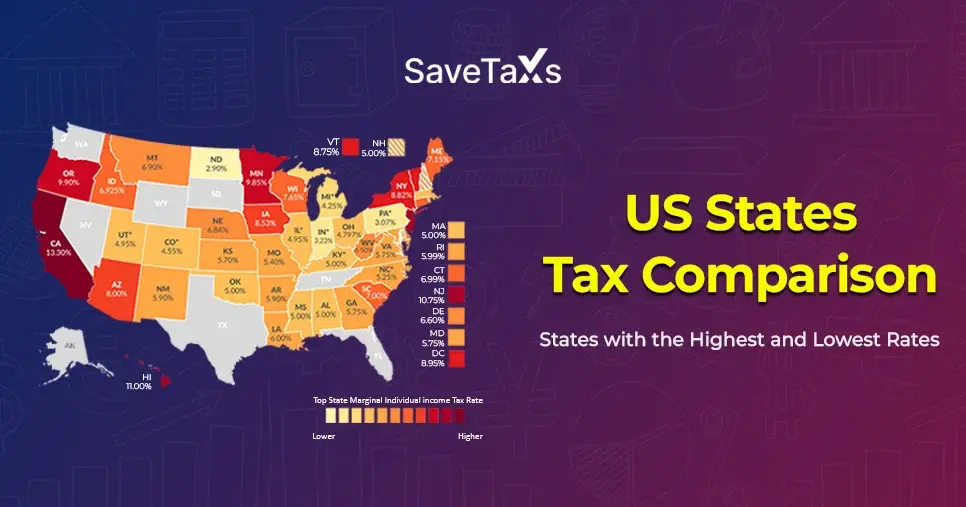


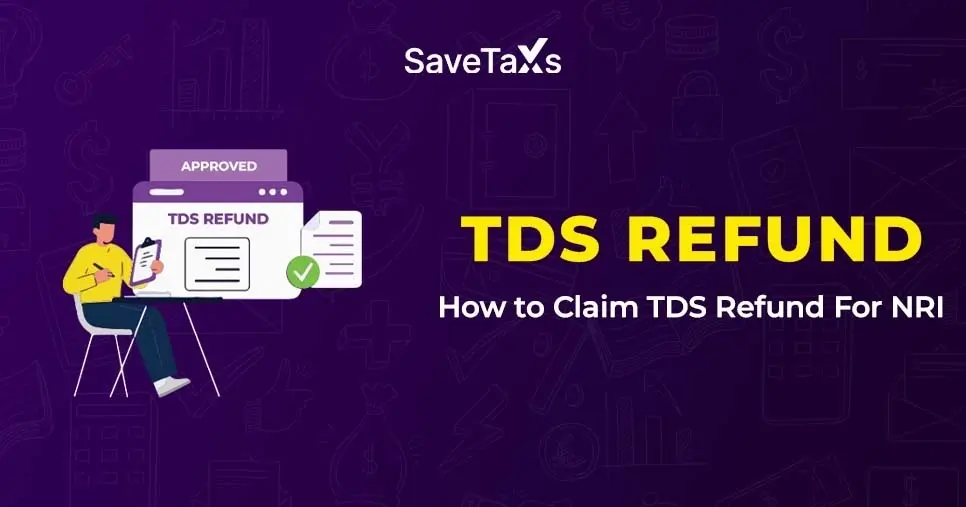
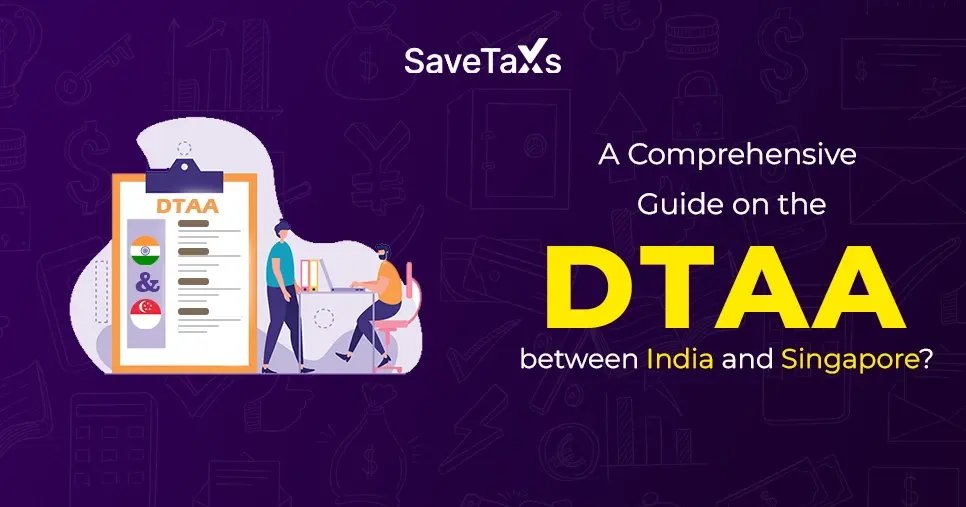
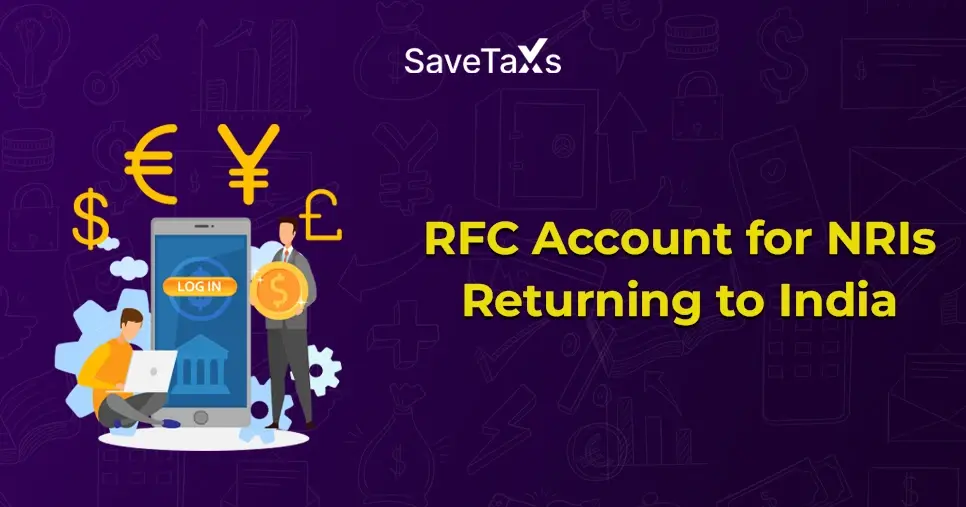
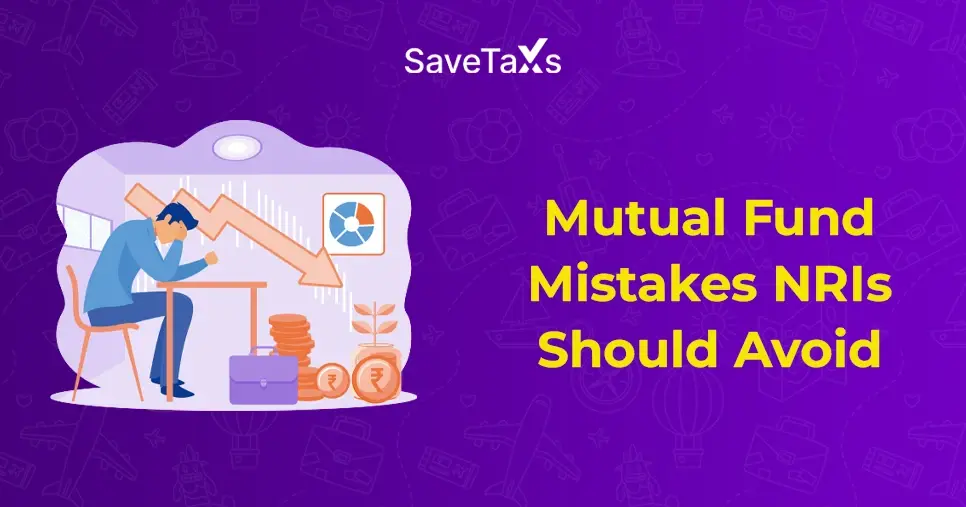
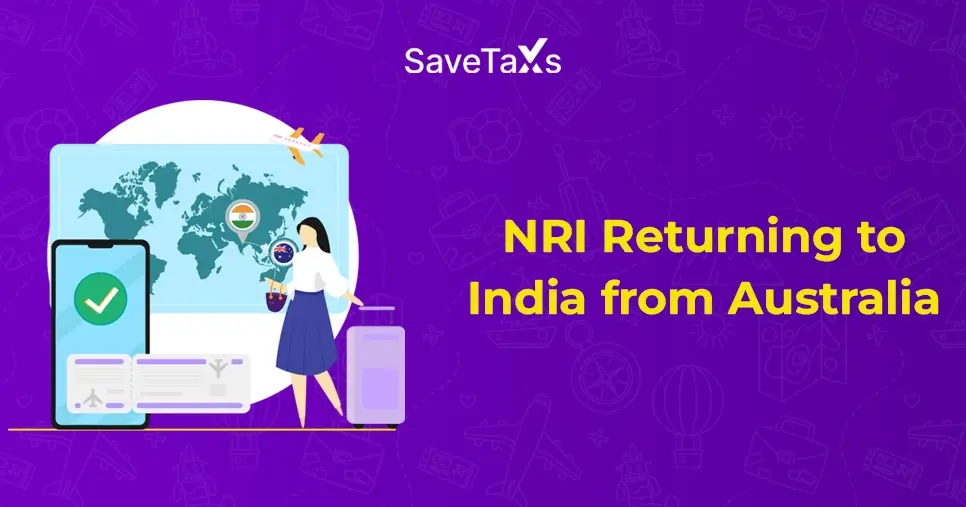

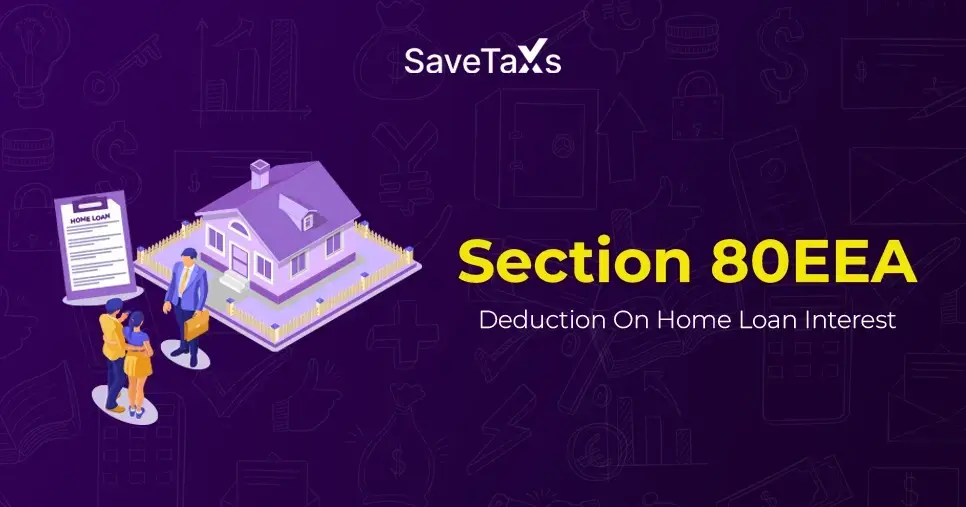
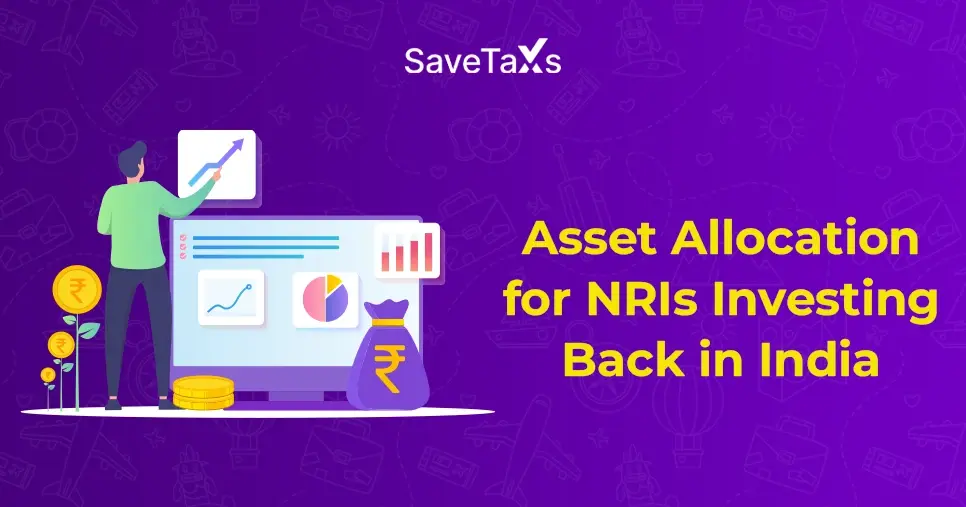
-DEDUCTION-ON-HOSUING-LOAN_1756903528.webp)
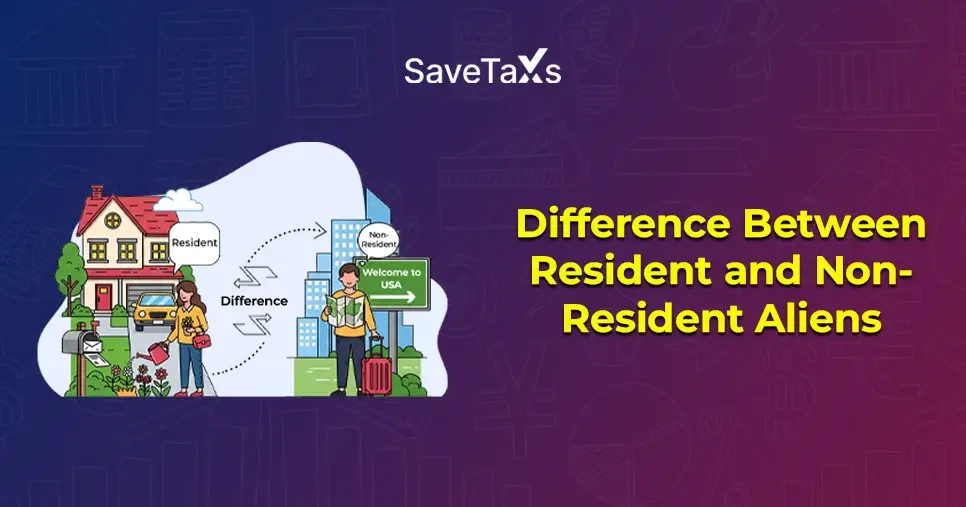
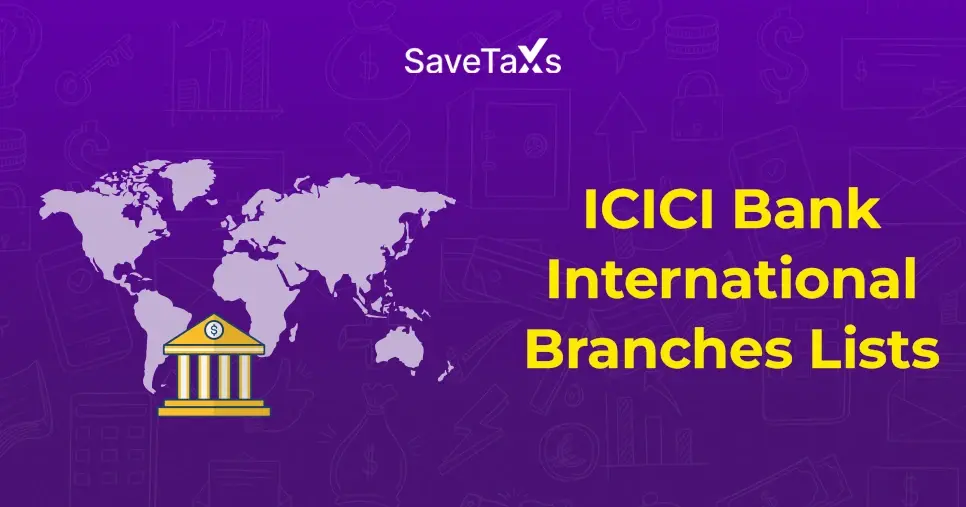
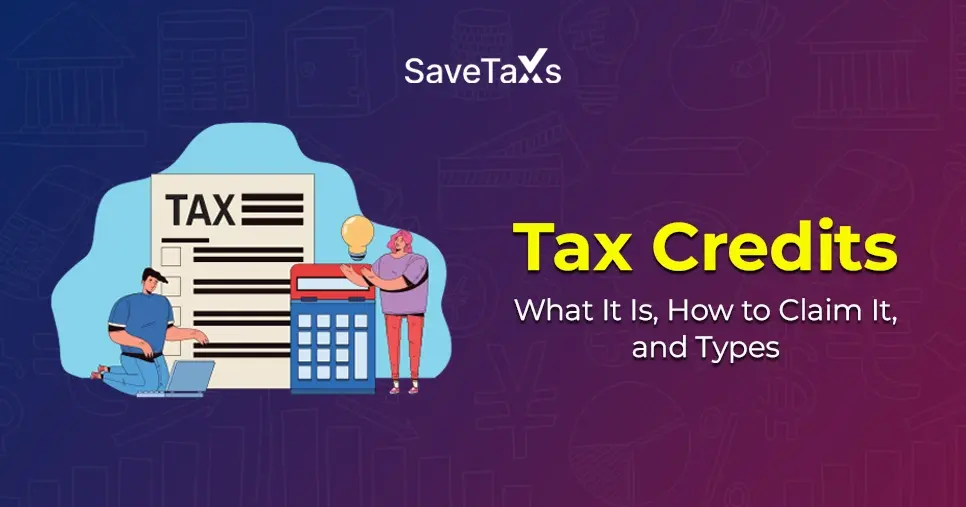
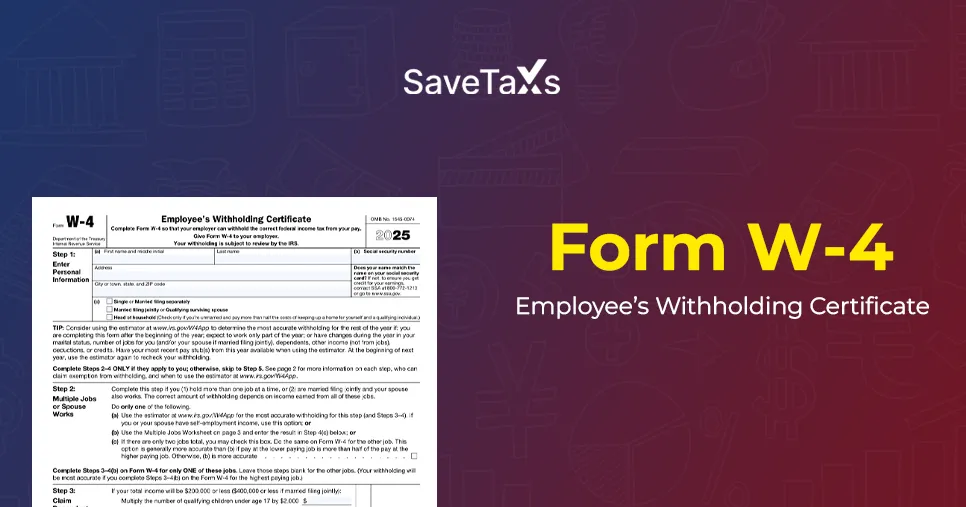
-in-the-USA_1762862398.webp)



